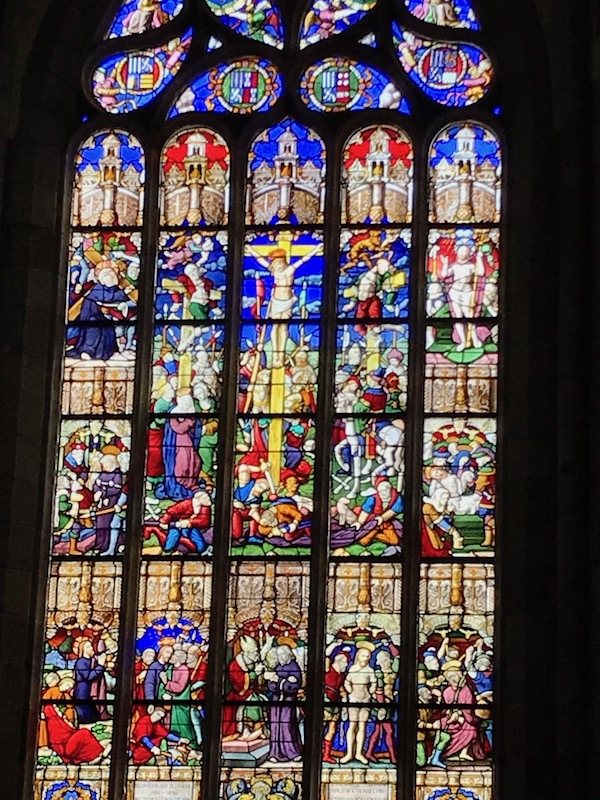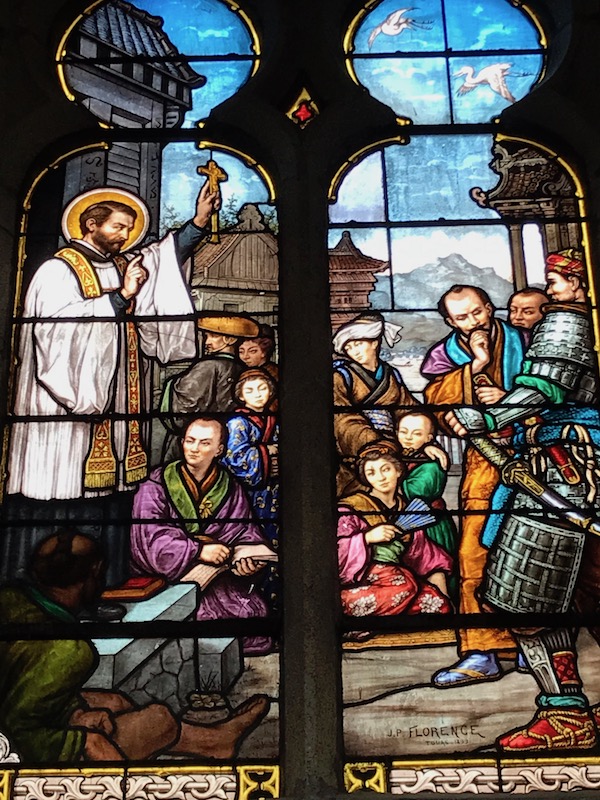Our Blog - Bretagne Trip - Summer 2021 - Quimper, France
Quimper was originally settled during Roman times and flourished as a Bishopric until the mid 1300s during the War of the Breton Succession. The population has been growing for several decades after a huge jump of over 11% from 1954 to 1962, and is about 63,000 people now. It has a pretty compact "old town" and has some very interesting sights. The old town also has probably the highest concentration of restaurants for crêpes that I have ever seen!
There are several places in the historical center that still have a fair number of half-timbered houses, including this street, Rue Kéréon and Place au Beurre. There are also a few 16th century granite houses intermixed.
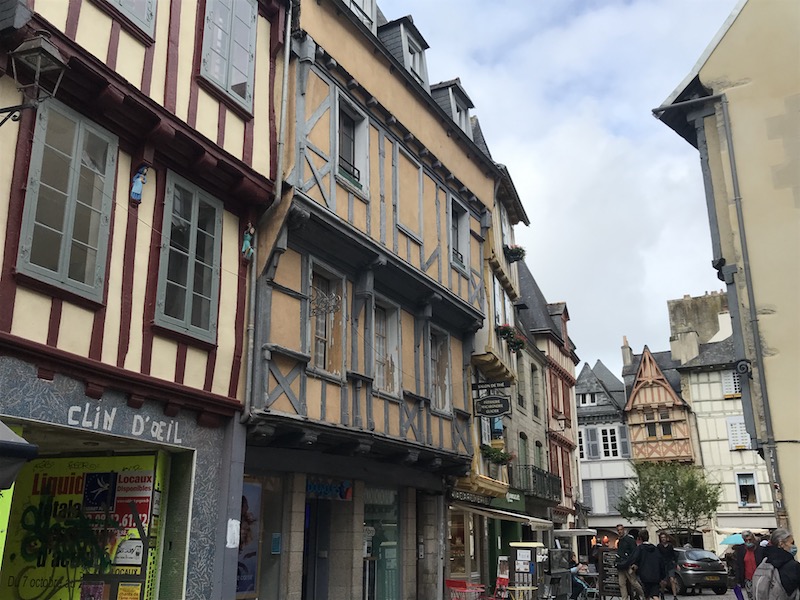
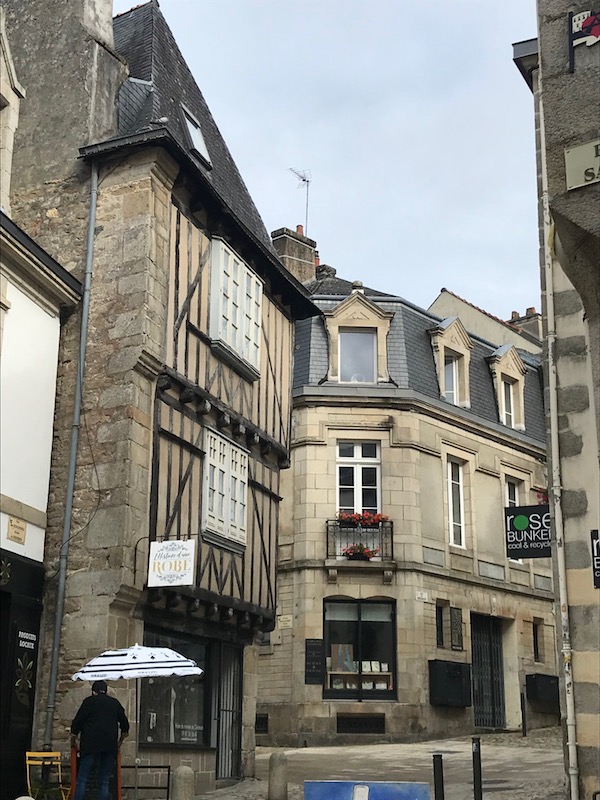
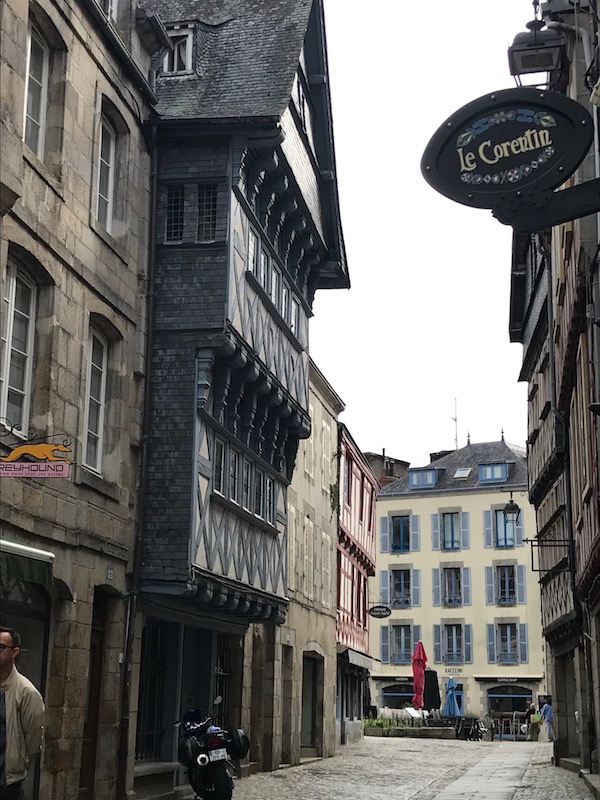
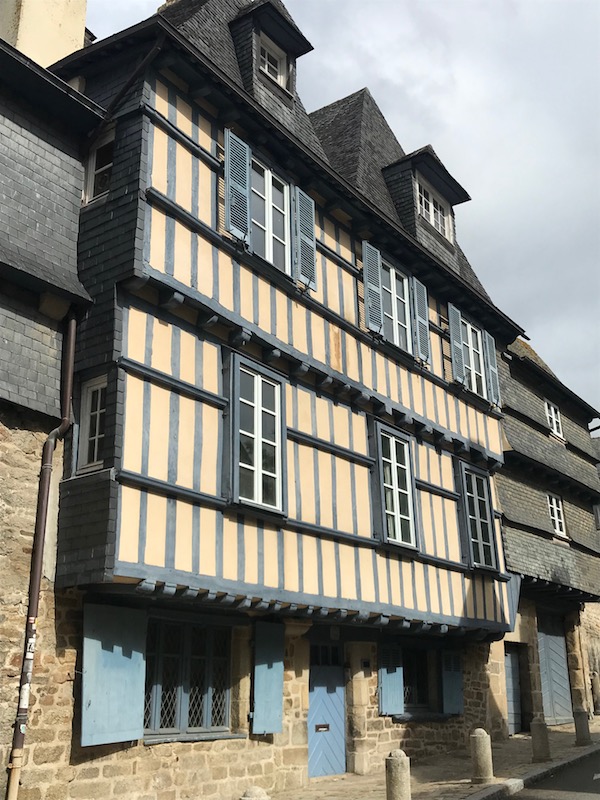
On the main square is the Saint Corentin Cathedral, which was started in the 13th century (the choir section) and finished in the 19th century (the spire). The main entry is on the Western side, which also has the 2 tall spires. All around the door are angels and there is a statue of Christ between the two doors, giving a blessing to the people as they enter.


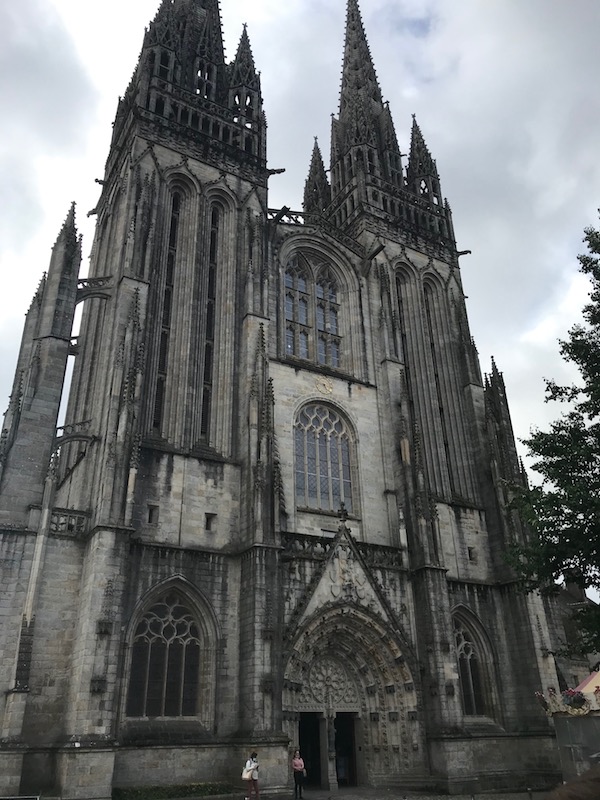


The interior was restored fairly recently, so the interior has more color than most very old churches. If you look closely at the first picture, you will see that the choir is not in the same line as the nave (no, I didn't just take a bad picture). There is about a 10 degree shift of the axis of the church, which most people agree is due to unstable soil due to how close it is to the river.
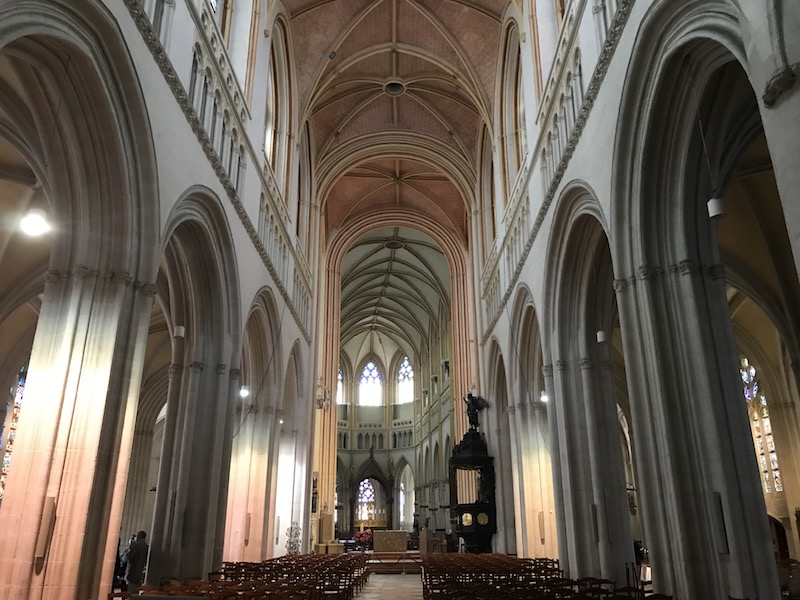
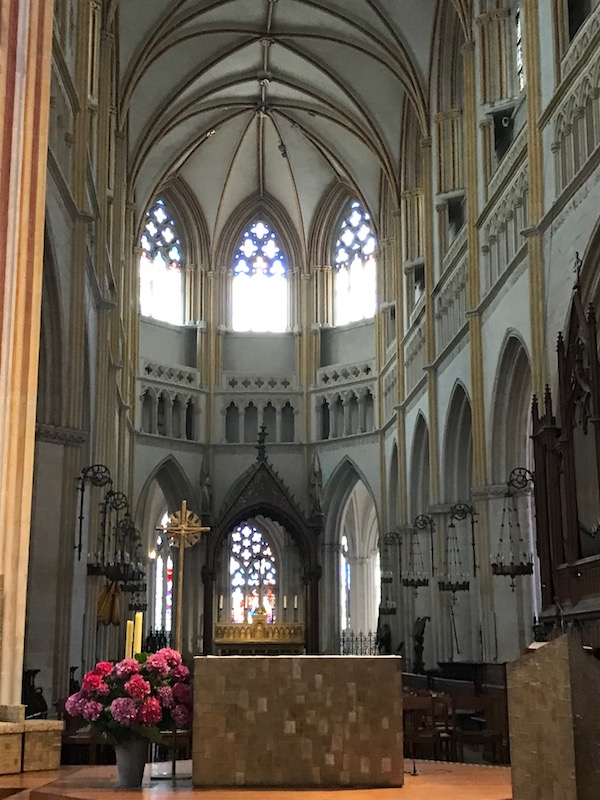
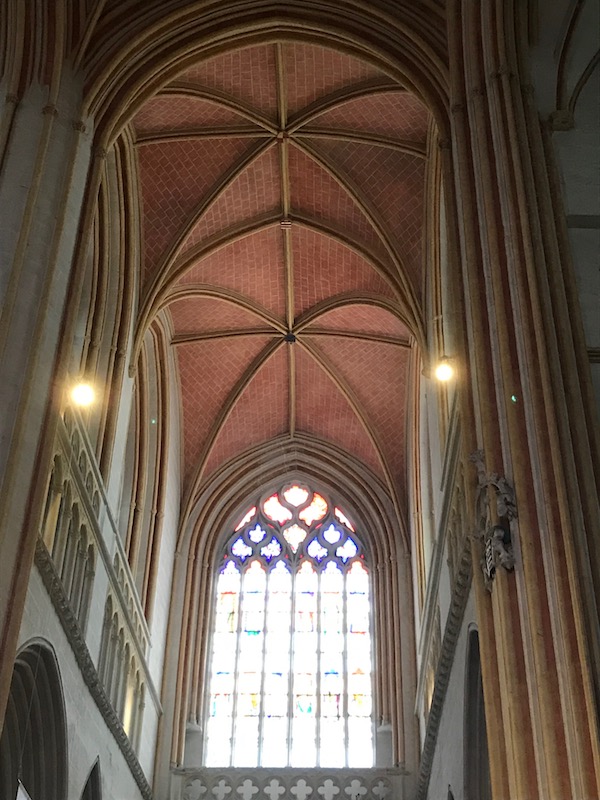
A few decorations that I thought were interesting, including this statue. The pulpit was sculpted in 1679-1680 and is decorated with scenes from the life of Saint Corentin. It is totally made out of wood and the gold medallions have been gilded.
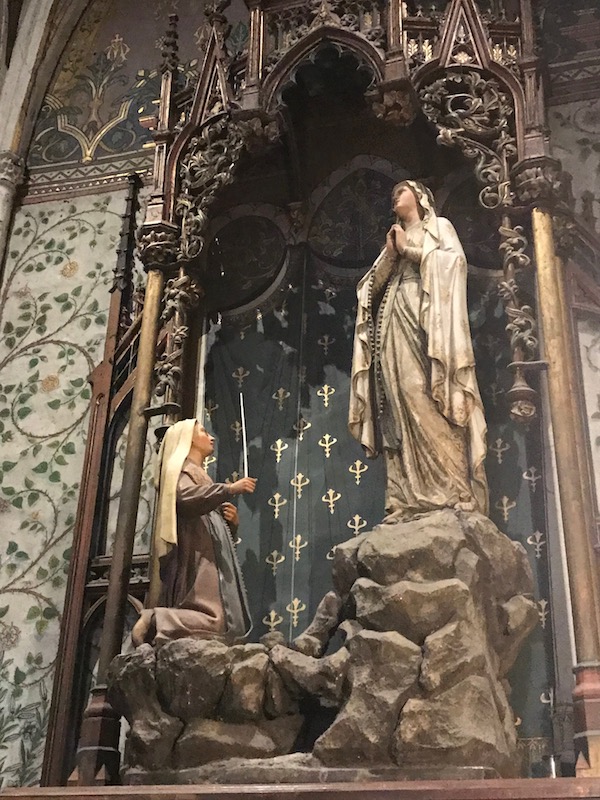

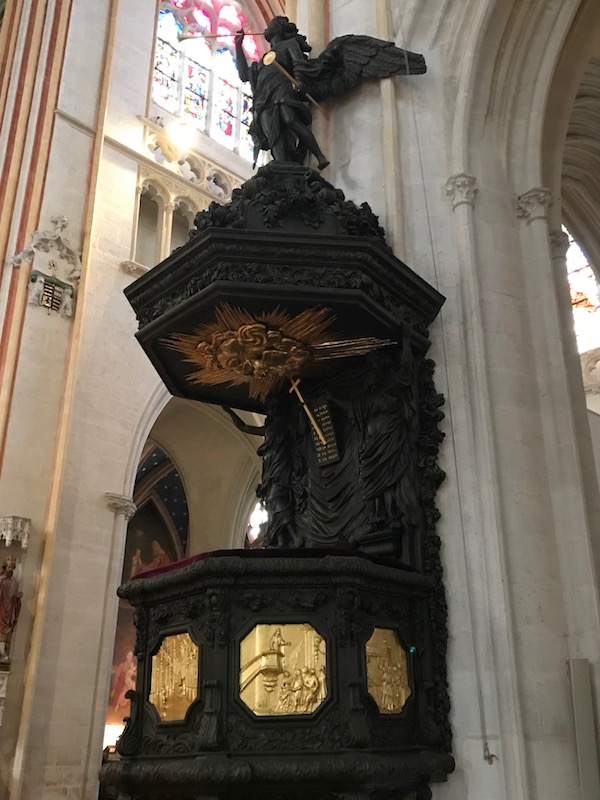
The stained glass windows range from the 15th century to the 20th century. Almost all of the lower windows date from after the French Revolution, and some of the windows are quite modern in style.
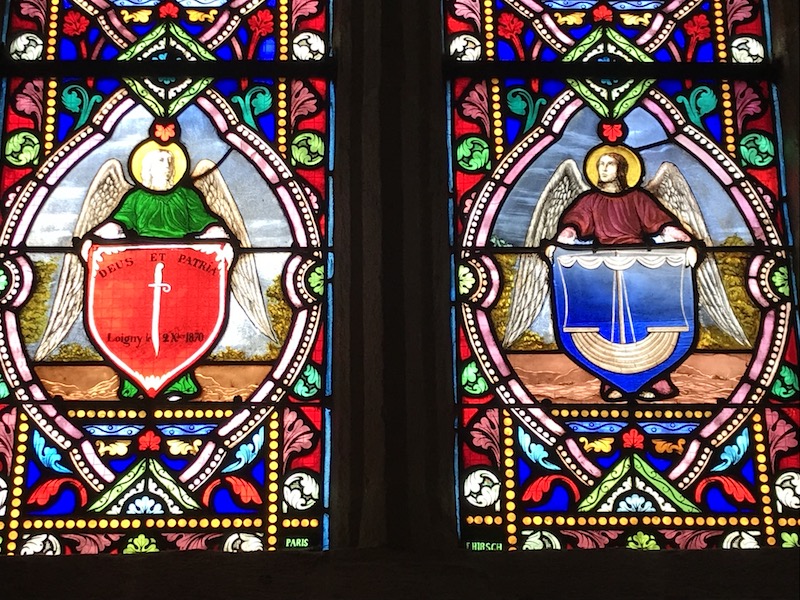
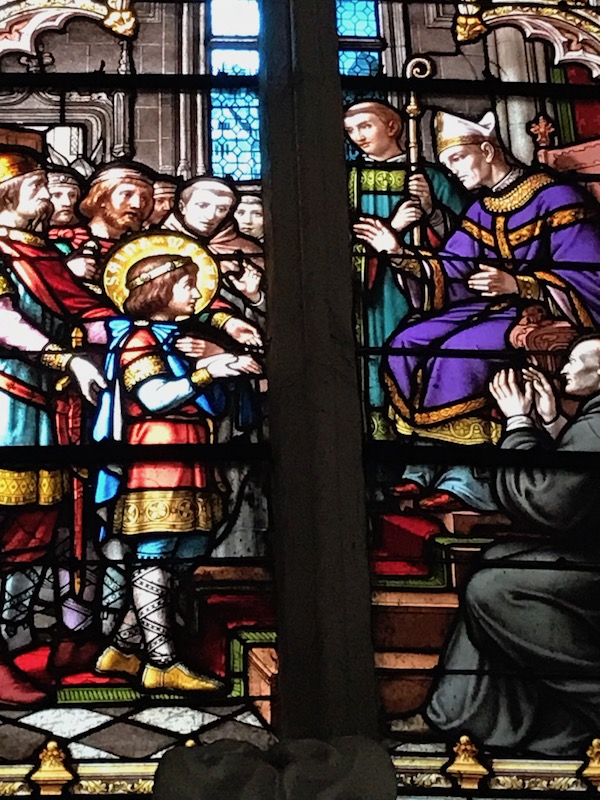
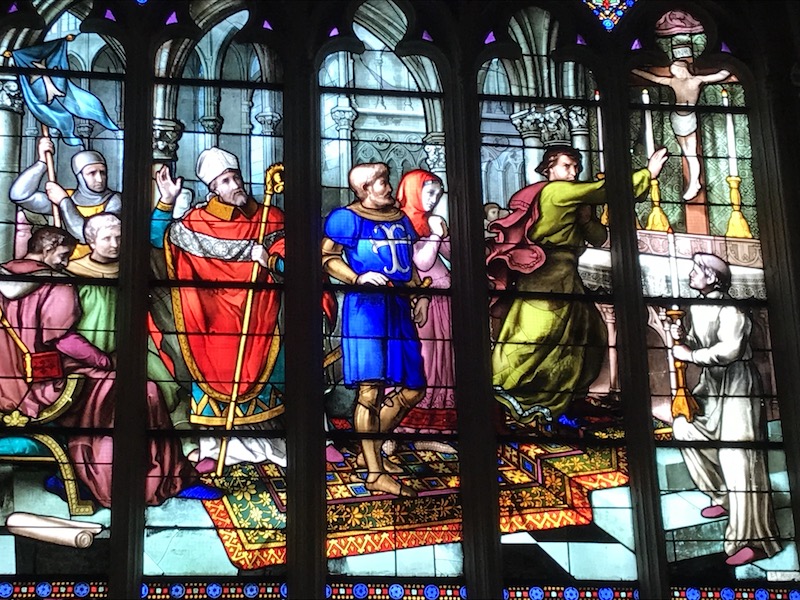

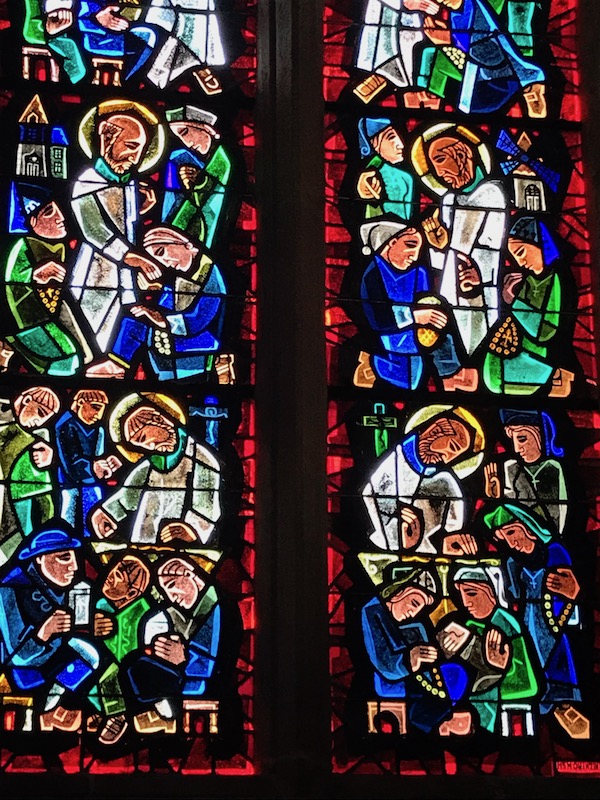
Just behind the Cathedral is the Bishops Palace, which is now a museum (so we didn't go inside). We went into the courtyard to look at the Tower of Rohan, which is the oldest part of the building dating back to 1507. The courtyard of the palace is enclosed on 2 sides by the remains of the cloister, which was added between 1864 and 1866.



Sprinkled here and there are some Art Deco and Art Nouveau buildings from the 20th century, such as this store adjacent to the Bishops Palace.

Almost 40% of the 13th and 15th century walls which surrounded the episcopal city have been preserved, including those just at the Bishops Palace (the first 2 pictures with the nice garden) and Ramparts along Place de Tourbie (next 2 pictures with the watchtower).
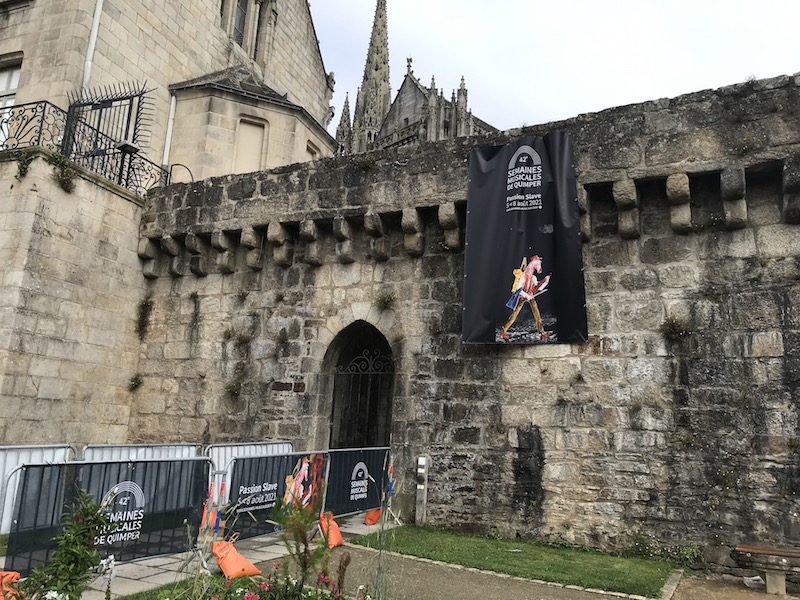



The Hôtel de Boisbilly is a former residence of the Canon of Boisbilly. It is a rare example of a 17th century personal mansion remaining in Quimper that has a specific design of the entry gate, then a courtyard garden, and then the mansion.

The Chapelle des Jésuites was built between 1667 and 1758, and the adjoining school welcomed up to 1,000 students. You can see the Jesuit style, which is characterized by sober lines and a fairly plan exterior. It is not generally open to the public as it is now a contemporary dance hall.


This interesting house is at place Maubert was built in 1552. You can see how the upper floors seem to have the roof tiles on the side of the building. This is called an essentage and consists of covering the exterior walls of a house, gables frequently, with roofing materials. Why you would do this ... I don't know. On the wall is a small statue of the Virgin Mary which is called the Notre-Dame-des-Portes, or the Virgin Mary of the Gates (or Doors), because an entry gate into the original fortification wall was here.
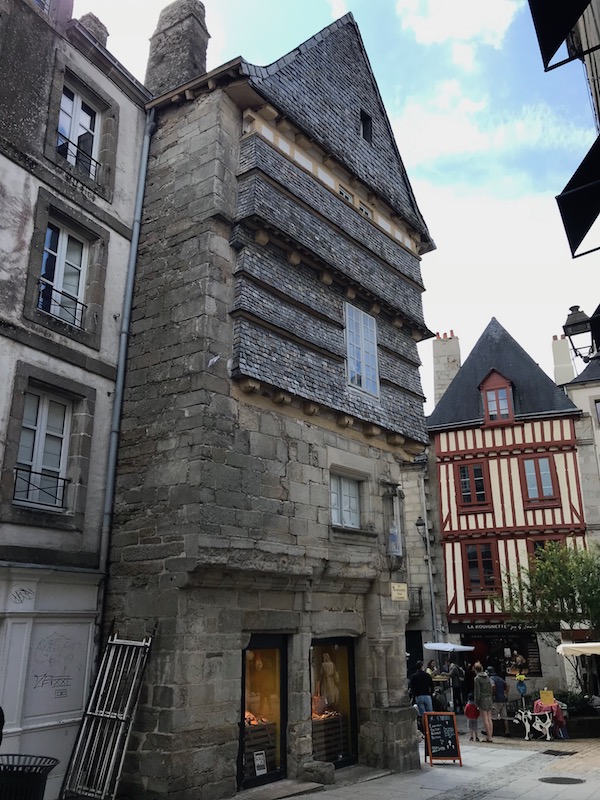

Opened in 1847 on the site of a former convent, the market hall has always been located in the heart of the city. It is the only permanent, covered market in town. This isn't the "original" building, however, as it was rebuilt in 1979.


Place Terre-au-Duc also has a large concentration of half-timbered houses and was quite busy when we were there.
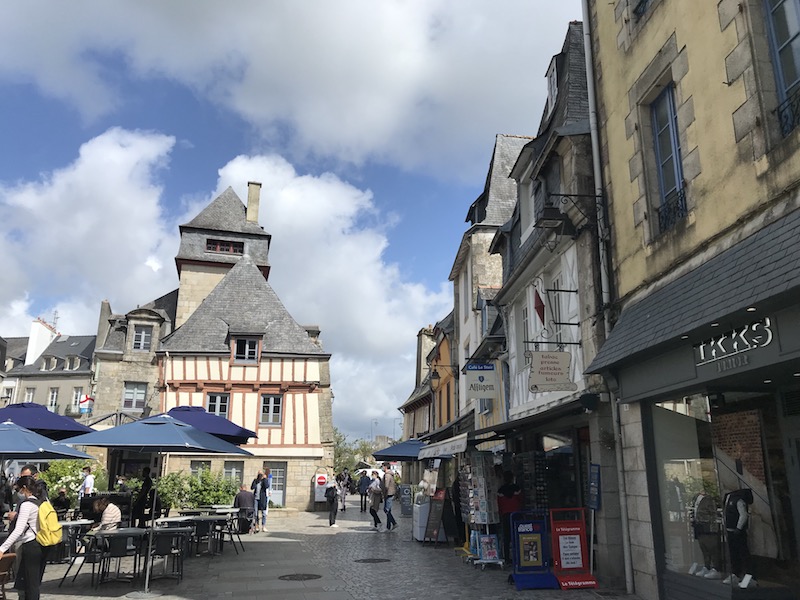

Eglise saint-mathieu was built between 1895 and 1897 on the foundations of a 16th century Gothic church which itself had replaced another Romanesque building from the 12th century.

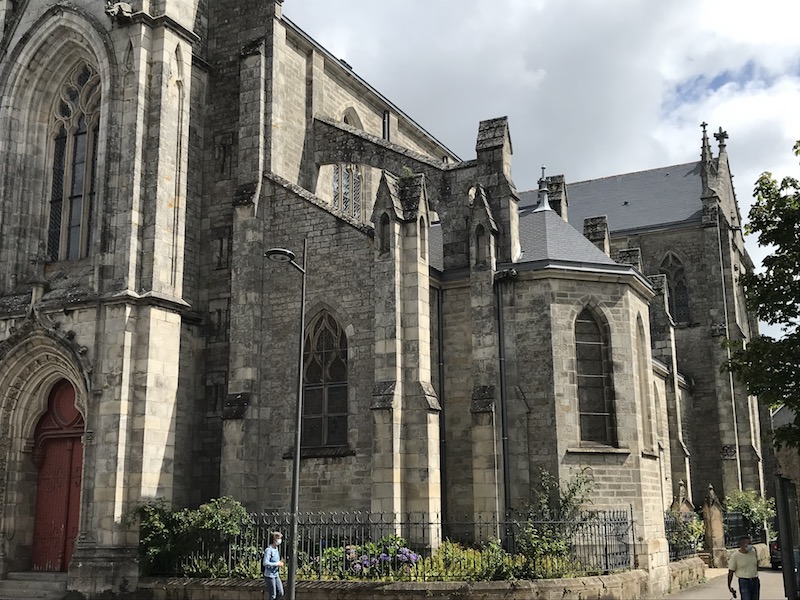
The interior has all of the normal Gothic architectural features: high vaulted ceilings with ribs, pointed arches separating the nave from the side aisles, and large stained-glass windows supported by the buttresses on the outside.

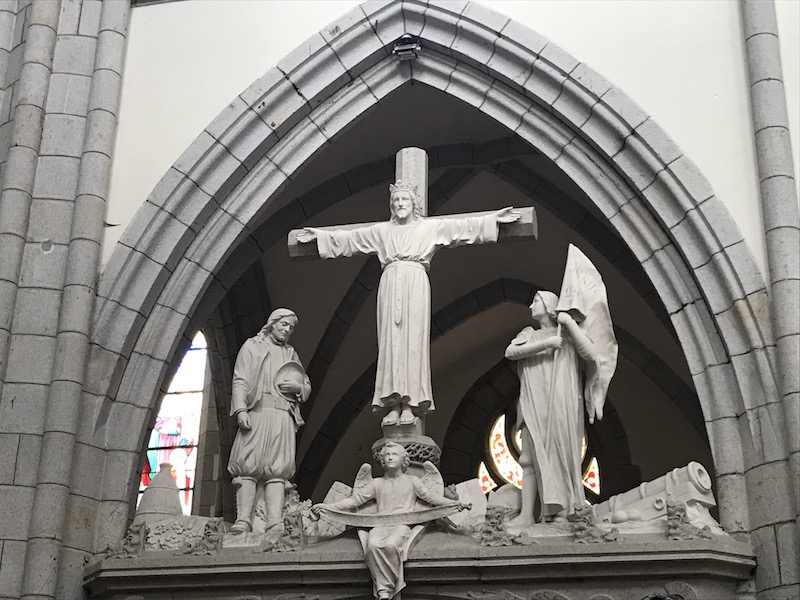
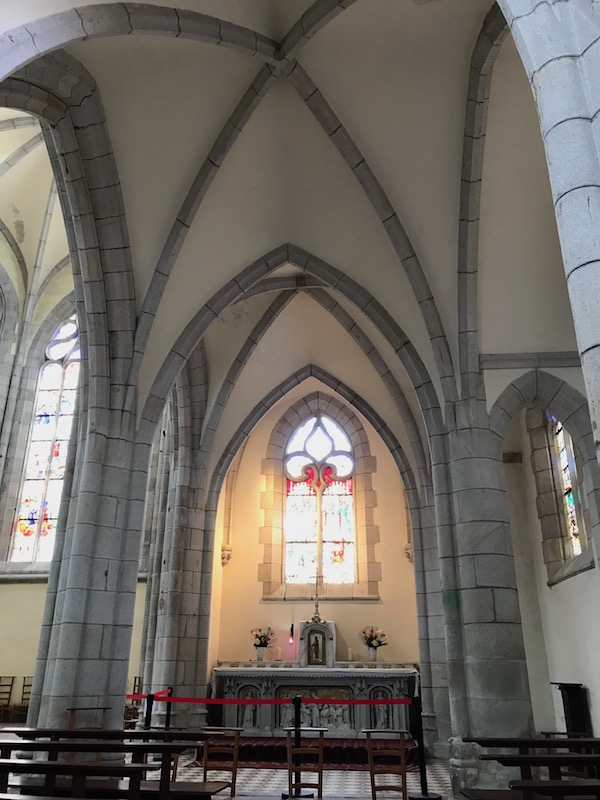
I don't normally take pictures of the organ but I thought the woodwork here on the railing in front of the organ was pretty nice.

I only took pictures of a couple windows here. The oldest windows here date to the 16th century. The first depicts the Passion in ten different scenes.
